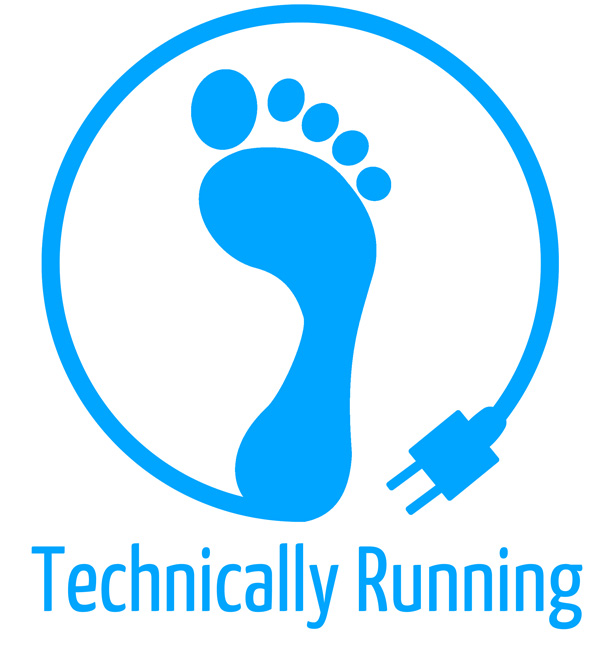This Christmas, among my many running-themed gifts, I was very excited to receive my first heart rate monitor, the Polar FT4 Heart Rate Monitor Watch (see the link for a review). But before I offer a full review I wanted to answer the age old question for heart rate monitors…why?
Why Use a Heart Rate Monitor?
Steven and I are planning on running our first half-marathon this year, and as we get closer to beginning our training to run longer distances, I have been doing a lot of reading about the science behind and physiological effects of running. One topic that is mentioned repeatedly is the importance of training and racing within appropriate heart rate zones, and using a heart rate monitor to help gauge this. A “heart rate zone” represents a range of heartbeats per unit time (usually beats per minute-BPM), where the limits of each zone are defined by a percentage of your maximum heart rate. Your max heart rate can be calculated by subtracting your age from 220, so each person’s target heart rate zones vary based on their age.
People typically note five main heart rate zones, including, from least to most BPM: a recovery zone, a fat-burning zone, an aerobic zone, an anaerobic zone, and a maximum effort zone. In terms of running, it is often recommended that you do the majority of your training in the aerobic zone, which is the zone where your body is most efficiently working towards increasing your cardiovascular and respiratory endurance. The recovery zone should be reserved for your easy/rest days and the anaerobic zone, where your muscles are producing lactic acid from burning glycogen, for high-intensity parts of a workout, such as sprints. However, calculating your target heart rate zone, let alone knowing if you are actually within it when you’re running, can be a bit tricky. Thus, a heart rate monitor is a very useful tool for taking some of the guesswork out of heart rate training.
Meagan is a geochemistry research lab manager, runner, Netflix binge-watcher, and Mom to a rescue dog, a bunny, and a human child. She started running in May 2011 and ran her first half marathon in October 2012, followed by her first marathon in October 2013. In July 2018, she joined the triathlon world and completed an Olympic-distance race. After an extended break (pregnancy/maternity leave), she is making a long-overdue return to running and is preparing for a high-elevation half marathon at Crater Lake National Park in August 2020.

